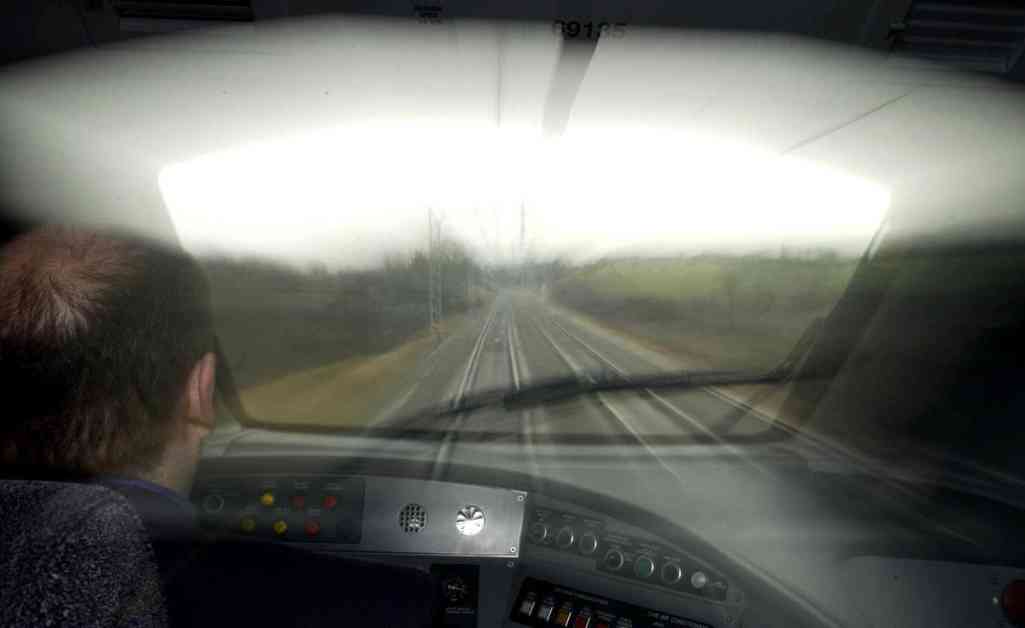Alternative Route Unveiled as Cheaper and Slower Option to HS2
A new report has unveiled a slower and cheaper alternative to the scrapped HS2 route, offering a 50-mile railway line between Staffordshire and Cheshire. This alternative route, which would connect with the east-west Northern Powerhouse Rail, has been described as a “golden opportunity” by former HS2 chairman Sir David Higgins. The proposal comes in the wake of former prime minister Rishi Sunak’s decision to cancel the plan to extend HS2 between the West Midlands and Manchester due to escalating costs.
The report, commissioned by the mayors of Greater Manchester and the West Midlands, highlights the critical importance of the new route for the movement of passengers and freight between the two regions. While the report does not provide an estimated cost for the project, it suggests that financing should be maximized from the private sector, with central and local governments partnering to fund the remaining balance.
Cost-Effective Solution for Improved Connectivity
Under the new plan, journeys between London and Manchester would take 15 minutes longer than if the full high-speed railway was built. However, the report indicates that the new section would come with a price tag that is 60-75% cheaper than the cost of the scrapped HS2 section. This cost-effective solution presents a viable option to enhance rail connectivity without the need to revive the entire HS2 project.
Greater Manchester mayor Andy Burnham emphasized the urgency of addressing rail capacity and connectivity between the North and the Midlands to prevent congestion on the West Coast Main Line and M6 from hindering economic growth in the UK. Burnham noted that the report’s findings offer a promising alternative to HS2, delivering almost all the benefits at a significantly lower cost.
Savings for Taxpayers and Efficient Land Use
The report also highlights the potential savings for taxpayers, estimating that the new section would save £2 billion on costs from the HS2 Phase 2 cancellation by reusing existing land, powers, and design work funded by the public. The consortium behind the report recommends that the Government retain ownership of land acquired for HS2 Phase 2a between the West Midlands and Crewe to facilitate the implementation of the new railway line.
In addition, the report calls for the establishment of a steering group comprising the private sector, combined authorities, and the Government to conduct a feasibility study and technical analysis. This collaborative approach aims to ensure that the new railway line between Lichfield and High Legh becomes a reality, providing vital rail capacity to and from the North for the West Midlands.
West Midlands mayor Richard Parker echoed Burnham’s sentiments, emphasizing the importance of additional rail capacity for the region. Parker highlighted that improved connectivity is not just about faster journeys but also about connecting people, communities, and businesses to opportunities and jobs. He expressed his commitment to working with the Government to make the new railway line a reality.
Unlocking Economic Benefits Through Strategic Planning
The proposed alternative route presents an opportunity to unlock economic benefits for the regions by improving connectivity and reducing costs. By leveraging existing infrastructure and resources, the new railway line offers a more cost-effective solution compared to the original HS2 route. The strategic planning outlined in the report emphasizes the importance of maximizing public and private sector collaboration to ensure the successful implementation of the project.
The potential economic impact of the new railway line extends beyond improved connectivity, offering opportunities for job creation, increased investment, and enhanced regional development. By prioritizing efficiency and cost-effectiveness, the alternative route aims to deliver long-term benefits for both passengers and businesses in the North and Midlands regions.
In conclusion, the unveiling of the slower and cheaper alternative to the scrapped HS2 route represents a significant development in the effort to enhance rail connectivity and capacity between Staffordshire and Cheshire. The collaborative approach proposed in the report emphasizes the importance of public-private partnerships in delivering cost-effective solutions for transportation infrastructure. By prioritizing strategic planning and efficient resource utilization, the new railway line offers a promising opportunity to unlock economic growth and connectivity for the regions.












